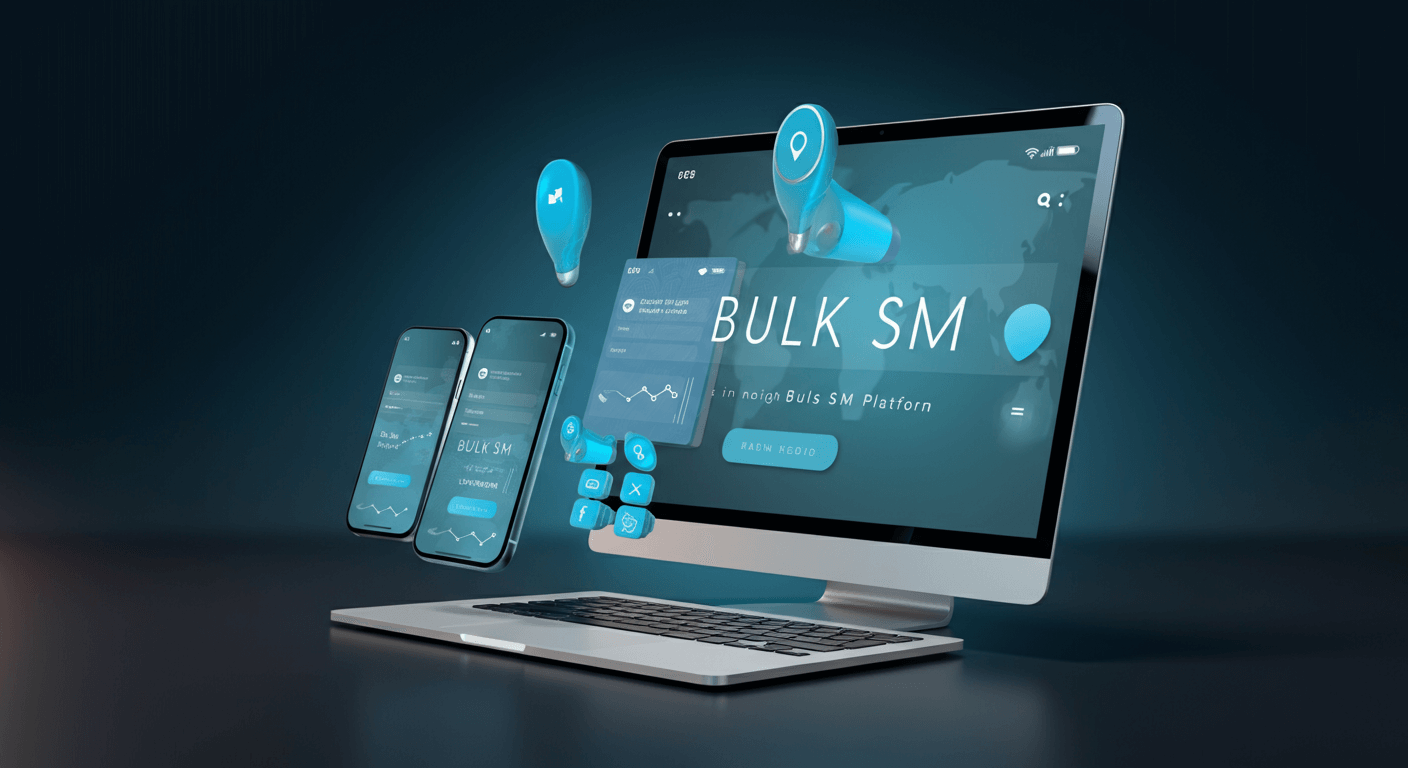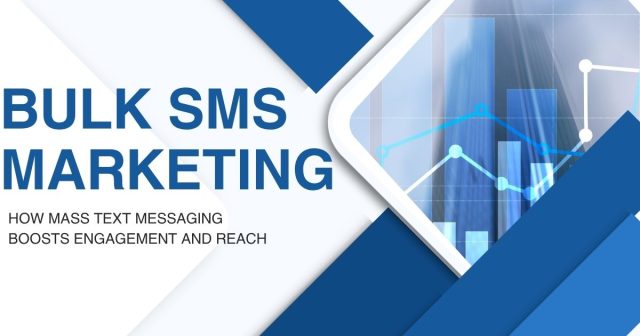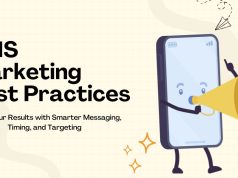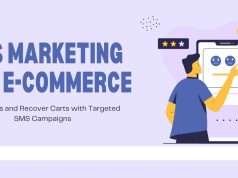Text messaging has become one of the most direct ways to reach customers. With a 98% open rate and most messages read within three minutes, bulk SMS marketing offers businesses an unparalleled opportunity to connect with their audience instantly.
But sending mass text messages isn’t as simple as hitting “send” to your entire contact list. Successful bulk SMS marketing requires strategy, compliance knowledge, and the right tools to execute campaigns that engage rather than annoy your customers.
This guide will walk you through everything you need to know about bulk SMS marketing—from choosing the right platform to crafting messages that drive results.
What is Bulk SMS Marketing?
Bulk SMS marketing involves sending promotional or informational text messages to large groups of customers simultaneously. Unlike email marketing, which can sit unread in inboxes for days, SMS messages demand immediate attention and typically generate higher engagement rates.
Companies use bulk SMS for various purposes:
- Promotional offers and discounts
- Event reminders and notifications
- Order confirmations and shipping updates
- Appointment reminders
- Customer surveys and feedback requests
- Emergency alerts and important announcements
The key difference between bulk SMS and individual texting lies in the automation and scale. Instead of manually sending messages one by one, businesses use specialized platforms to deliver personalized messages to hundreds or thousands of contacts at once.
Benefits of Bulk SMS Marketing

Immediate Reach and High Open Rates
SMS messages boast a 98% open rate compared to email’s 20% average. Most people check their phones within minutes of receiving a text, making SMS ideal for time-sensitive offers or urgent communications.
Cost-Effective Communication
Bulk SMS platforms typically charge between $0.01 to $0.05 per message, making it one of the most affordable marketing channels available. The low cost per contact allows businesses to maintain regular communication without breaking their marketing budget.
High Conversion Rates
SMS marketing generates impressive conversion rates, often ranging from 12% to 36% depending on the industry and message type. The direct nature of text messaging and its personal feel contribute to higher click-through rates than other marketing channels.
Personalization at Scale
Modern bulk SMS platforms allow businesses to personalize messages using customer data like names, purchase history, or location. This personalization helps create more relevant and engaging communications.
How to Choose the Right Bulk SMS Platform

Essential Features to Look For
When selecting a bulk SMS platform, prioritize these core features:
Message Delivery Tracking: Monitor delivery rates, failed messages, and bounce rates to optimize your campaigns.
Contact Management: Import, organize, and segment your contact lists based on demographics, behavior, or preferences.
Automation Capabilities: Set up triggered messages based on customer actions or scheduled campaigns for optimal timing.
Two-Way Messaging: Enable customers to respond to your messages, creating opportunities for engagement and feedback.
Analytics and Reporting: Track open rates, click-through rates, opt-outs, and other key metrics to measure campaign performance.
Popular Bulk SMS Platforms
Several platforms dominate the bulk SMS marketing space:
Twilio offers robust APIs and extensive customization options, making it popular with developers and large enterprises.
TextMagic provides user-friendly interfaces and competitive pricing, suitable for small to medium businesses.
EZ Texting specializes in marketing-focused features like surveys, contests, and detailed analytics.
SimpleTexting offers comprehensive automation tools and excellent customer support.
Research each platform’s pricing structure, as costs can vary significantly based on message volume, features, and geographic coverage.
Building Your SMS Contact List
Obtaining Proper Consent
Legal compliance starts with proper consent. In the United States, the Telephone Consumer Protection Act (TCPA) requires businesses to obtain explicit written consent before sending promotional SMS messages. This means customers must actively opt-in to receive your messages.
Effective opt-in strategies include:
- Adding SMS signup forms to your website
- Promoting SMS lists on social media
- Offering exclusive discounts for SMS subscribers
- Including opt-in options during checkout processes
- Using keyword campaigns where customers text specific words to join your list
Segmenting Your Audience
Not all customers want the same messages. Segment your SMS list based on:
- Purchase history and preferences
- Geographic location
- Demographic information
- Engagement levels with previous messages
- Customer lifecycle stage
Segmentation allows you to send more targeted messages, which typically result in higher engagement rates and fewer opt-outs.
Crafting Effective SMS Messages
Keep It Short and Sweet
SMS messages have a 160-character limit for standard messages. Use this constraint to your advantage by crafting concise, impactful messages that get straight to the point.
Focus on one clear call-to-action per message. Whether you want customers to visit your store, use a discount code, or click a link, make the desired action obvious and easy to complete.
Writing Tips for Higher Engagement
Start with Value: Lead with what’s in it for the customer—the discount, exclusive offer, or important information they need.
Create Urgency: Use time-sensitive language like “limited time,” “today only,” or “while supplies last” to encourage immediate action.
Include Clear CTAs: Use action words like “Show,” “Click,” “Call,” or “Visit” to guide customer behavior.
Personalize When Possible: Include the customer’s name or reference their past purchases to create a more personal connection.
Message Examples That Work
Promotional Message: “Hi Sarah! 🎉 Exclusive 24-hour flash sale: 30% off all jewelry. Use code FLASH30 at checkout. Shop now: [link] Stop to opt out.”
Appointment Reminder: “Reminder: Your dentist appointment is tomorrow at 2 PM. Reply CONFIRM or call 555-0123 to reschedule.”
Order Update: “Great news! Your order #12345 shipped today. Track your package: [link] Questions? Reply HELP.”
Timing and Frequency Best Practices
When to Send Messages
Timing significantly impacts SMS campaign success. Generally, the best times to send bulk SMS messages are:
- Tuesday through Thursday
- Between 10 AM and 1 PM
- Between 7 PM and 9 PM
Avoid sending messages too early in the morning, late at night, or during major holidays unless the content is specifically relevant to those times.
How Often to Message
Finding the right messaging frequency prevents customer fatigue and reduces opt-out rates. Most businesses find success with:
- 1-2 promotional messages per week maximum
- Immediate transactional messages as needed
- Monthly newsletters or updates
Monitor your opt-out rates closely. If they spike after increasing message frequency, scale back your sending schedule.
Compliance and Legal Considerations
Understanding TCPA Requirements
The Telephone Consumer Protection Act (TCPA) governs commercial text messaging in the United States. Key requirements include:
- Obtaining prior express written consent
- Providing clear opt-out instructions
- Honoring opt-out requests within 10 days
- Maintaining records of consent
- Avoiding messaging during restricted hours
International Compliance
If you plan to send messages internationally, research local regulations. The European Union’s General Data Protection Regulation (GDPR) has strict requirements for consent and data handling that may affect your SMS marketing efforts.
Best Practices for Compliance
- Always include opt-out instructions in your messages
- Keep detailed records of how and when customers opted in
- Regularly clean your contact lists to remove inactive numbers
- Train your team on compliance requirements
- Work with reputable SMS platforms that prioritize compliance
Measuring SMS Campaign Success

Key Metrics to Track
Delivery Rate: The percentage of messages successfully delivered to recipients’ phones.
Open Rate: While SMS doesn’t track opens like email, most messages are read within minutes of delivery.
Click-Through Rate (CTR): The percentage of recipients who click on links included in your messages.
Conversion Rate: The percentage of recipients who complete your desired action after receiving your message.
Opt-Out Rate: Monitor this closely to ensure your messages remain relevant and valuable.
Analyzing and Optimizing Performance
Review your campaign metrics regularly to identify trends and optimization opportunities. Test different message formats, sending times, and call-to-action phrases to improve performance over time.
A/B testing works well for SMS marketing. Test different versions of your messages with small segments of your audience before sending to your entire list.
Common Bulk SMS Marketing Mistakes to Avoid
Sending Without Permission
Never purchase contact lists or send messages to customers who haven’t explicitly opted in. This practice violates regulations and damages your brand reputation.
Overloading Customers with Messages
Sending too many messages too frequently leads to high opt-out rates and customer frustration. Quality trumps quantity in SMS marketing.
Ignoring Mobile Optimization
Ensure any links in your messages lead to mobile-optimized pages. Most customers will click your links on their phones, so the experience should be seamless.
Neglecting Personalization
Generic messages feel spammy and generate poor results. Use customer data to create more relevant, personalized communications.
Advanced Bulk SMS Marketing Strategies
Automation and Triggered Messages
Set up automated message sequences based on customer behavior:
- Welcome series for new subscribers
- Abandoned cart reminders
- Post-purchase follow-ups
- Re-engagement campaigns for inactive customers
Integration with Other Marketing Channels
Combine SMS marketing with your email campaigns, social media efforts, and in-store promotions for maximum impact. Cross-channel consistency reinforces your messages and increases conversion opportunities.
Using SMS for Customer Service
Two-way SMS capabilities allow customers to ask questions, request support, or provide feedback. This creates opportunities for real-time customer service that can improve satisfaction and loyalty.
Taking Your SMS Marketing to the Next Level
Bulk SMS marketing offers businesses a powerful way to connect with customers instantly and personally. Success depends on choosing the right platform, building compliant contact lists, crafting compelling messages, and continuously optimizing based on performance data.
Start small with a focused campaign to test your approach. As you gain experience and confidence, expand your efforts to include automation, segmentation, and integration with other marketing channels.
Remember that SMS marketing is about building relationships, not just broadcasting promotions. Focus on providing value to your customers, and they’ll reward you with engagement, loyalty, and sales.
Ready to launch your first bulk SMS campaign? Choose a platform that meets your needs, gather proper consent from your customers, and start crafting messages that deliver real value to your audience.
Businesses looking to expand their reach can benefit from learning how to do bulk SMS marketing effectively, especially as industries like auto services show how mobile mechanics are shaping their target market through direct and timely communication.









